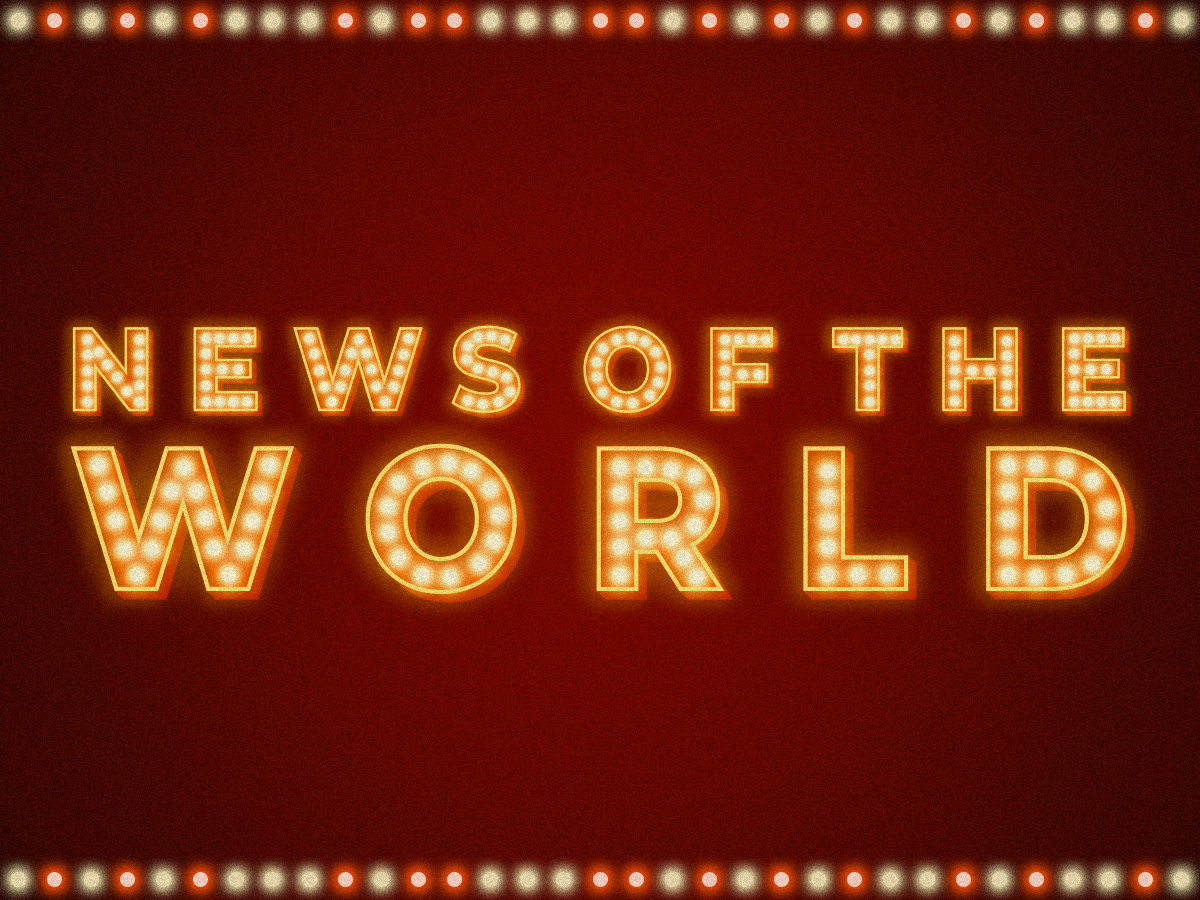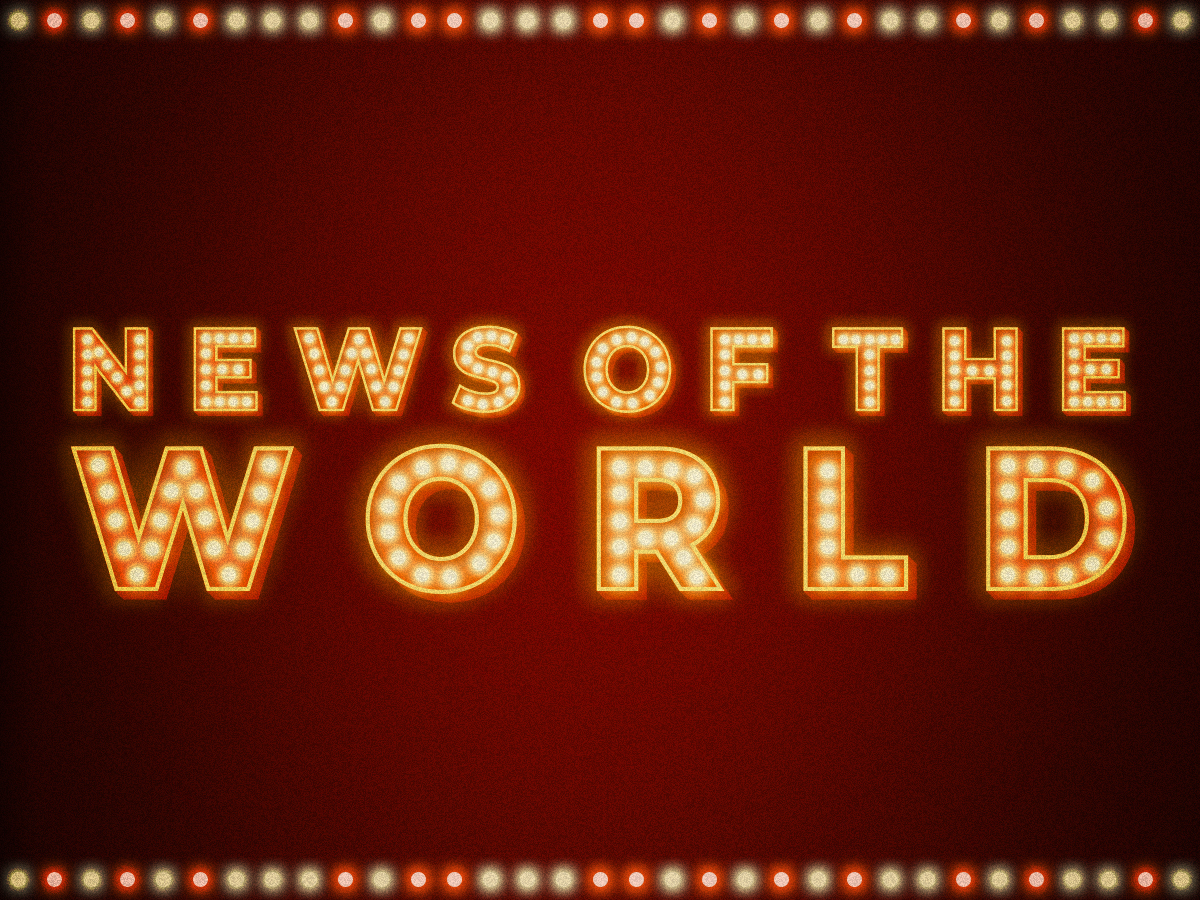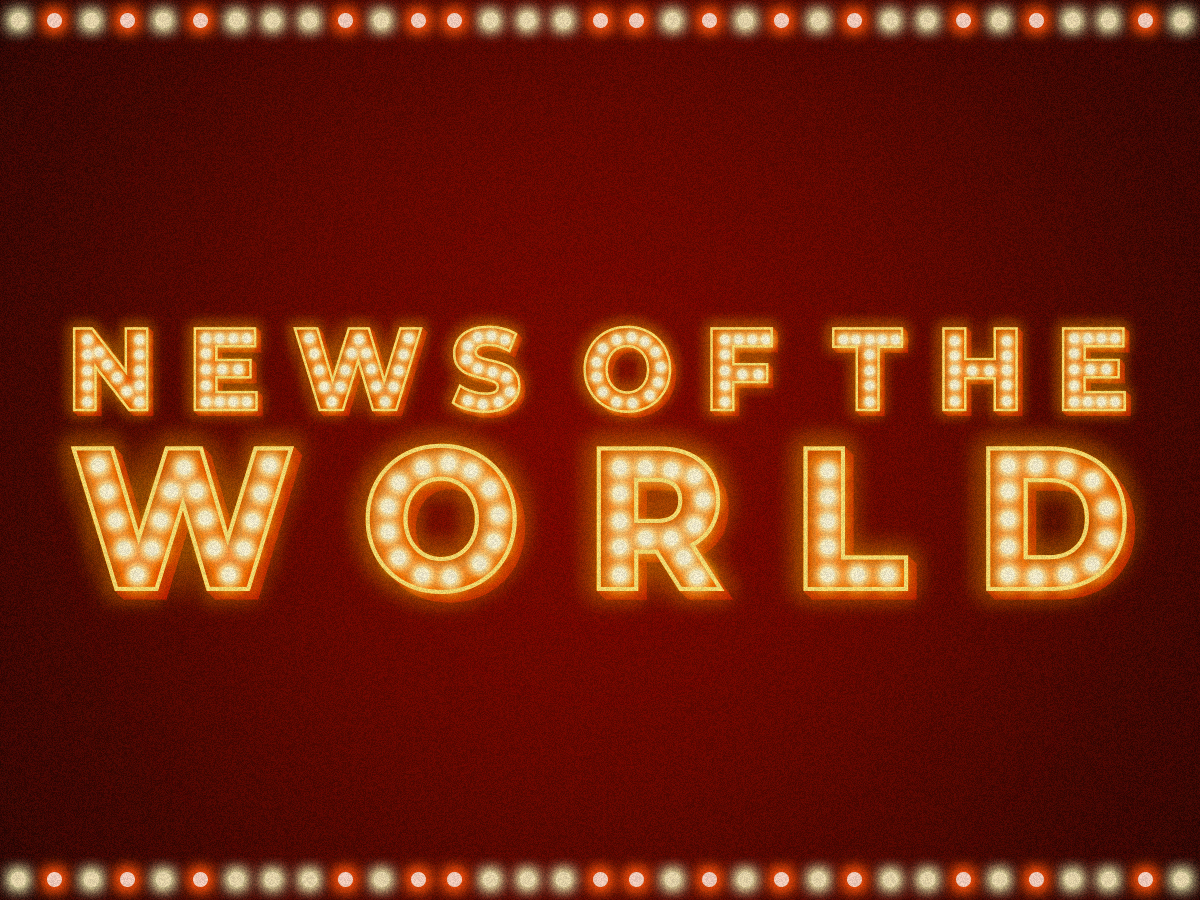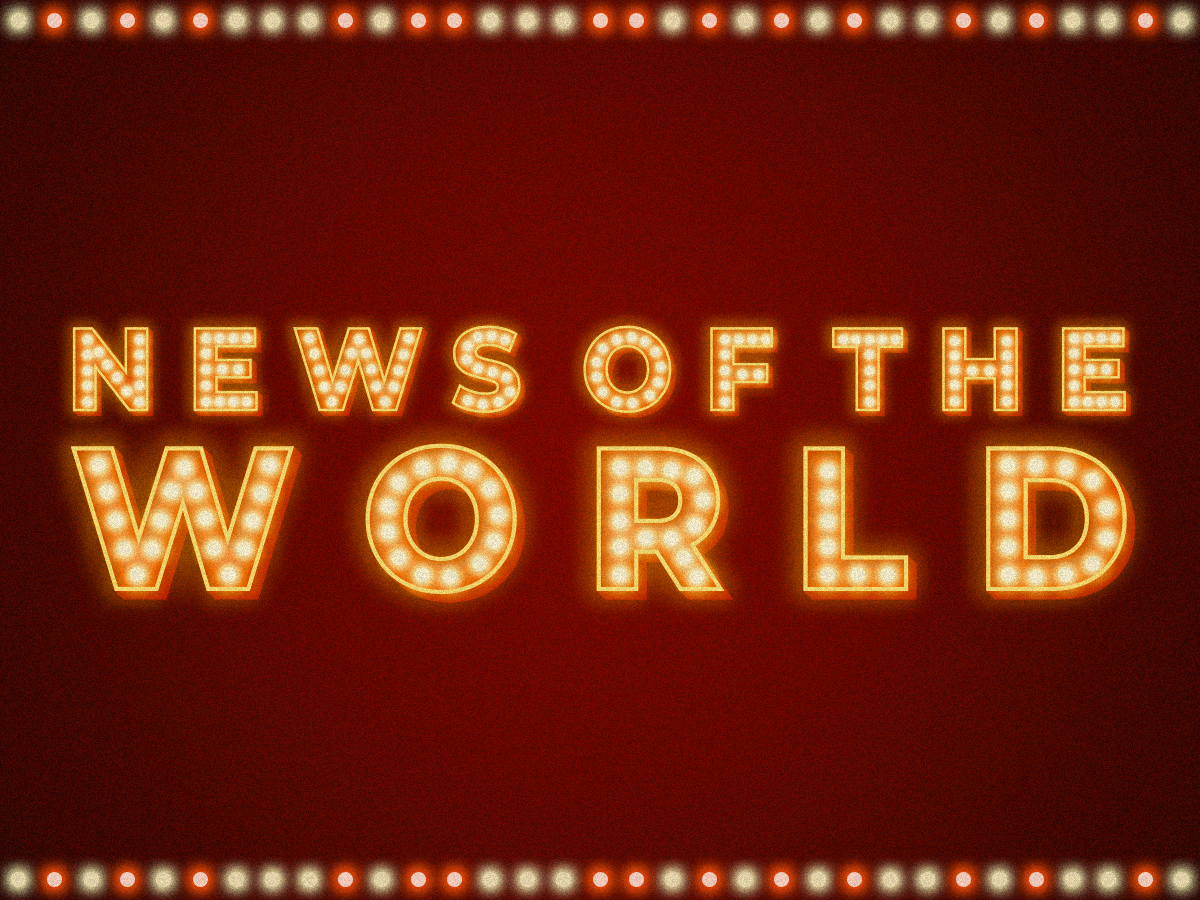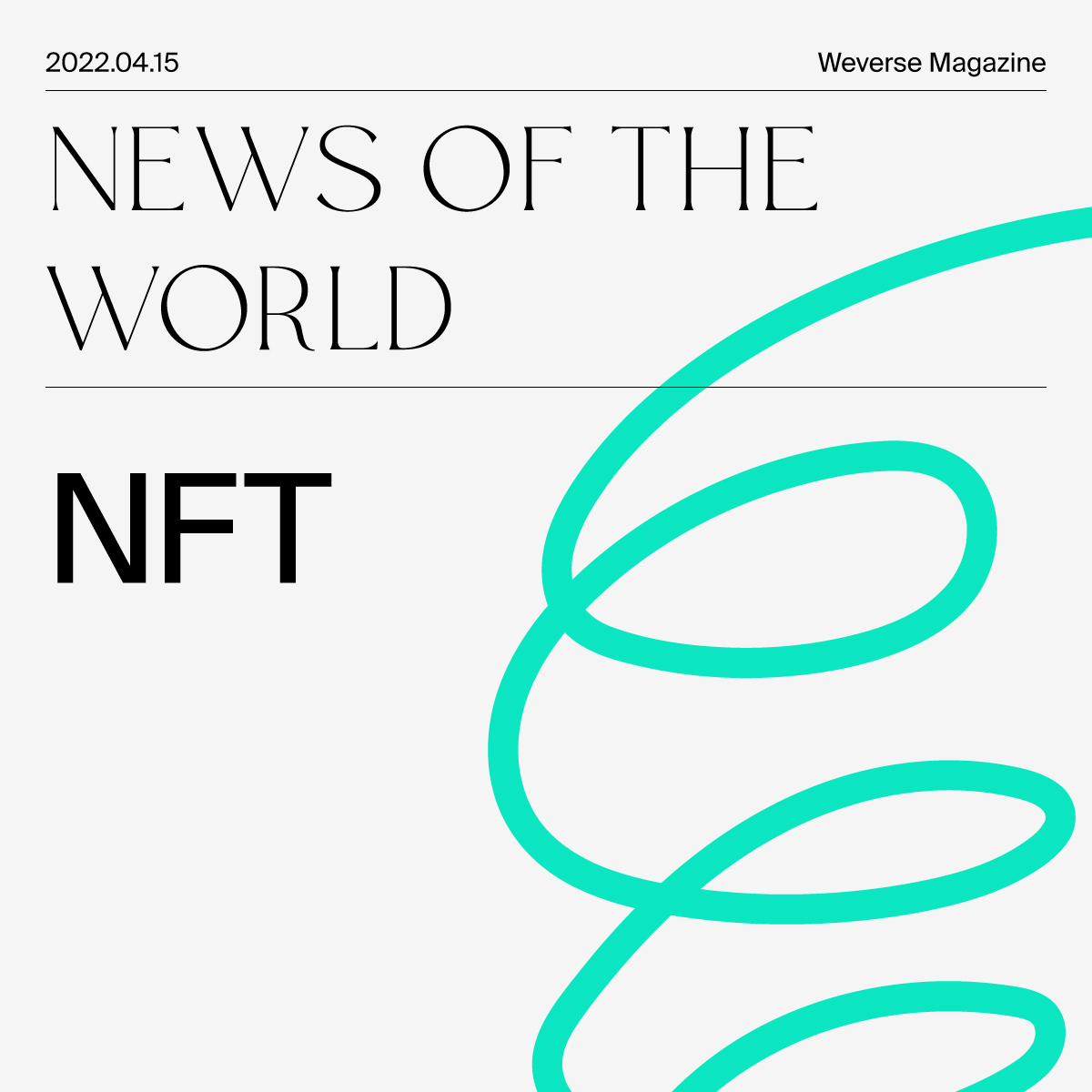
In March 2021, the band Kings of Leon released their new album in a very unique way: They put a version of When You See Yourself, their eighth studio album, for sale on the usual music platforms, and another version available exclusively through YellowHeart (a blockchain-based auction platform launched in 2018). At first glance this might not seem any different from the limited-edition albums with exclusive bonus tracks sold by businesses like Best Buy, but the Kings of Leon album goes beyond the simple addition of more songs to incorporate far more intricate, groundbreaking technologies.
Media like the animated album cover that can provide an enhanced experience, digital downloads of the tracks and a limited-edition copy of the album on vinyl are all included with the YellowHeart version, priced at $50 (approximately 59,075 won). And all of this was encrypted as a non-fungible token, or NFT (non-fungible means irreplaceable). You can’t pay for this version of the album through any online music service or purchase a physical copy; rather, you have to buy the NFT (and Kings of Leon are the first band to offer their album using the technology). In other words, When You See Yourself is, itself, an NFT: The album is a token. What on Earth does that mean, though?
Plenty of people still hear NFT and think of it as something along the lines of Bitcoin or Ethereum. NFTs also rely on blockchain, the main technology driving the digital currency market, but the concept behind them and the value they hold are different. Rather than being used as money, an NFT acts as a certificate that can verify the authenticity and ownership of digital assets, including those related to music, such as albums, songs, tickets and music videos. Since NFTs are on the public record, anyone can view the details of a given transaction and therefore determine whether a work of art is real or fake and know who owns it without ambiguity. Most importantly, NFTs are collectibles that can be traded. What that means is that you can profit from reselling them in the future as they maintain or increase in value. In fact, after the two-week sales period, Kings of Leon’s album became a tradable good. The band also sold the privilege of lifetime front-row seat concert tickets and the privilege of being able to experience exclusive audiovisual art beyond the lifespan of the NFT Yourself series as tokens.
More and more artists besides Kings of Leon are making use of NFT technology. Hip hop star A$AP Rocky, for instance, offered a collection of seven different pieces of art on the NFT exchange platform Nifty Gateway. The collection, created in collaboration with Robert Gallardo, Wally Sajimi and Jimmy Regular at the rapper’s creative agency, AWGE, included a 1/1 (one-of-a-kind) auction for part of an unreleased song called “$ANDMAN,” a recording session with Rocky, two 3D scans of the artist, and 3D renders of three rally cars used in the INJURED GENERATION arena tour—all sold at auction for bids of tens of thousands of dollars. The Weeknd saw similarly surprising results with NFTs: He unveiled five pieces of visual art created alongside LA-based design company Strangeloop Studios as NFTs. Among them, The Source, billed as “a shard of mineralized memory, terabytes of unique cultural artifice encapsulated in ore,” sold for a mesmerizing $490,000 at auction. Some artists also sell their stake in song copyrights as NFTs.
Clearly, NFT technology bestows unique value upon artists’ work in a wide variety of ways while also presenting fans with special experiences. In the beginning, NFTs were just something for a small number of lesser-known artists in the world of music to toy around with in novel ways. Though the whole world eventually grew to be abuzz with talk around cryptocurrency, the connection with music was hazy. But NFT technology began to garner the interest of artists and those in the music trade as the pandemic dragged on. Since last year, NFTs from mainstream artists have spread like wildfire. Companies like YellowHeart educate artists about blockchain technology and even provide consultation for creating NFTs.
While everyone can still listen to singles and albums and watch videos related to their favorite artists for free or at a low cost online like before to show their appreciation, fans are now willing to spend a lot of time and money (via auction)—perhaps because they want to be in possession of full ownership. In a digital world, one where anything can easily be replicated, NFTs are uniquely unalterable and can’t be forged, with only the one original in existence. They can take the form of something only one person can own, or they may be divided into several pieces. In any case, it’s a much more exclusive and uniquely valuable system than typical limited editions owned by a select few people.
NFTs in the music industry have moved beyond their initial drive to generate new types of profit and toward changing the value of artists and their music and improving their relationship with fans. Everything about NFTs, from what they contain to the way they’re sold and handled, are aimed at a more direct connection with the fanbase. The type of content that can be minted as an NFT, too, is practically limitless. It’s hard to say at this point whether the NFT craze is capable of shaping the landscape of the music industry, namely because, while there are some artists who have had success with them and the marketplace sees a lot of money changing hands, the approach is still in its infancy. There are problems with NFTs in the music industry that will likely come to the surface quickly as well: navigating intellectual property rights in an unfamiliar environment, relatively high barriers to entry for emerging artists, and so on. All the same, the fledgling market has attracted plenty of attention merely by showing its potential as a groundbreaking avenue for collectables capable of connecting artists and their fans. NFT music, once distant speculation, is slowly coming close to meet us head on.
Unauthorized reproduction and distribution prohibited.
- [NoW] Hiatus Kaiyote2021.08.13
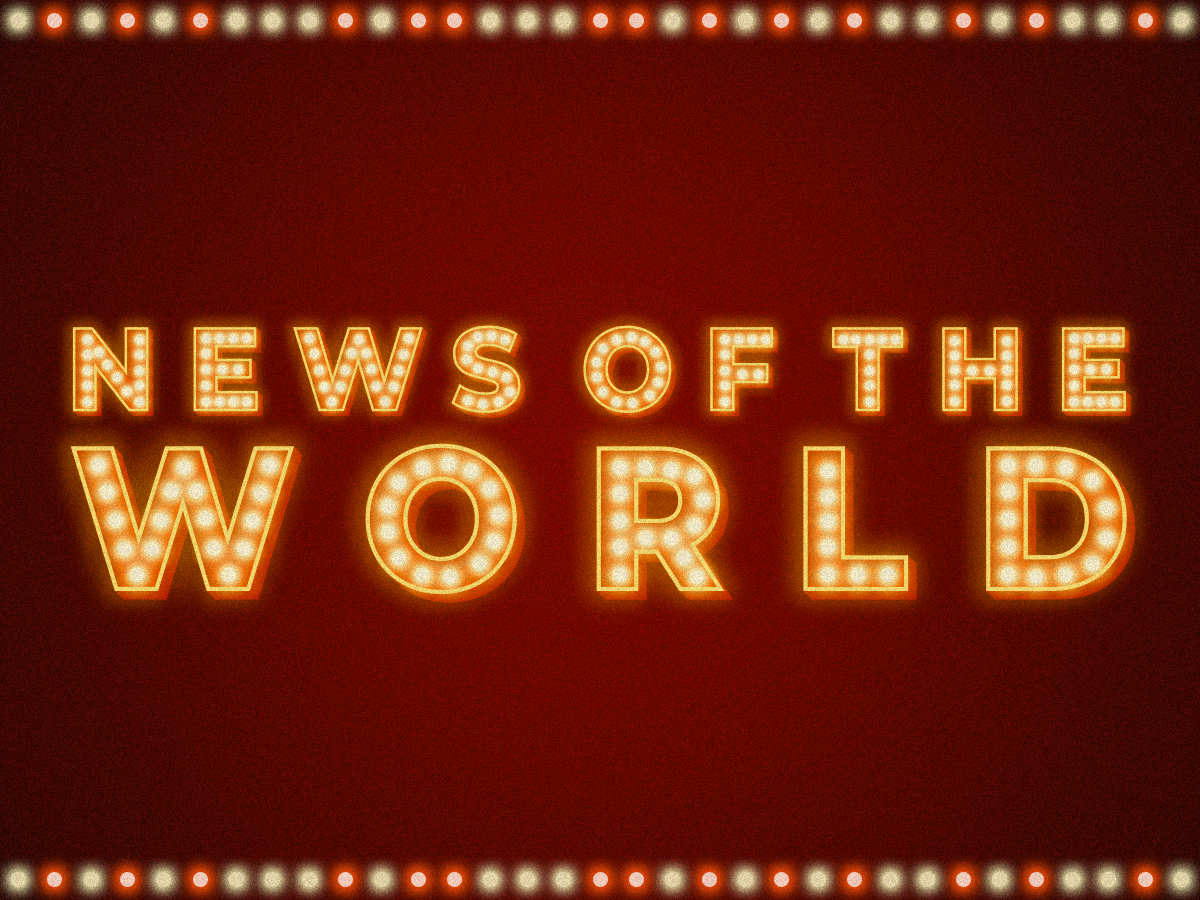
- [NoW] Lizzo’s “Rumors”2021.09.10
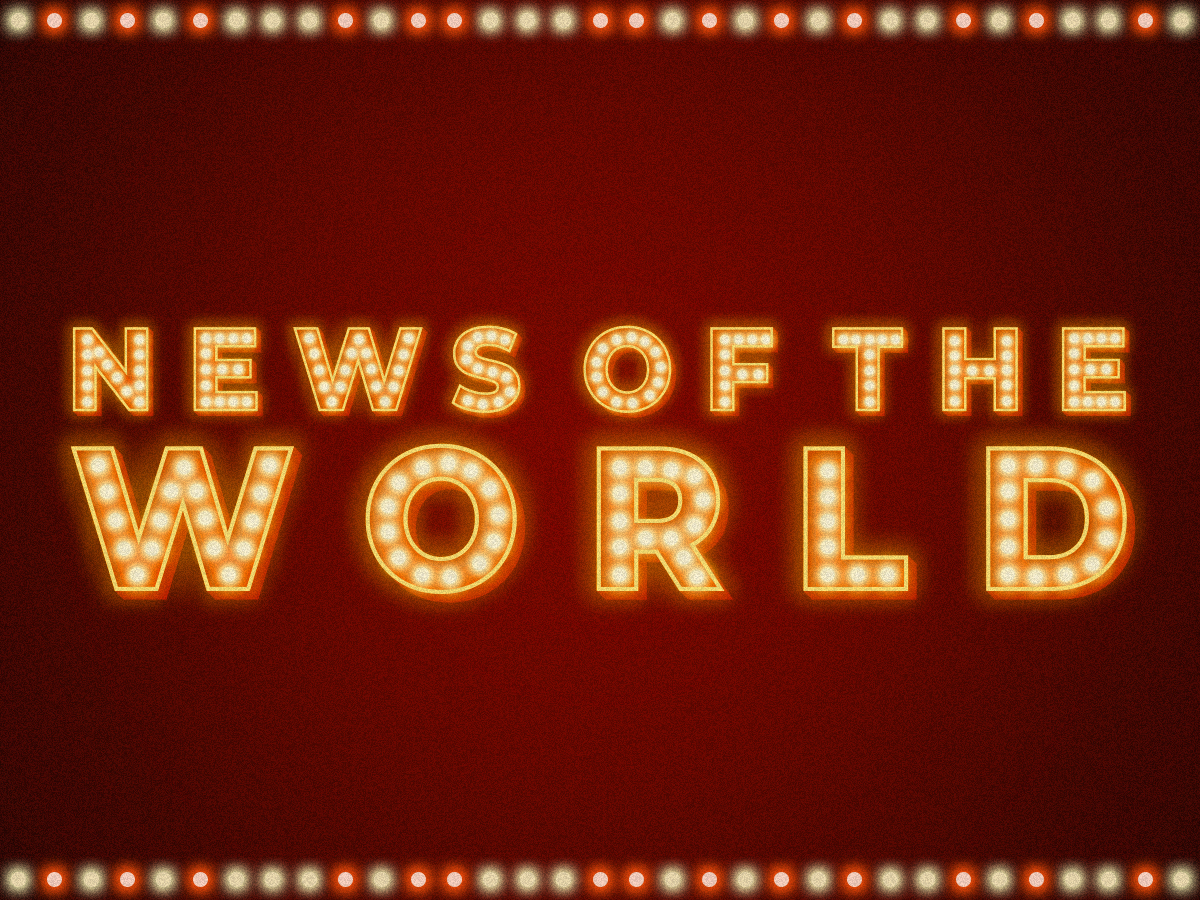
- [NoW] Fugees is back!2021.10.08
